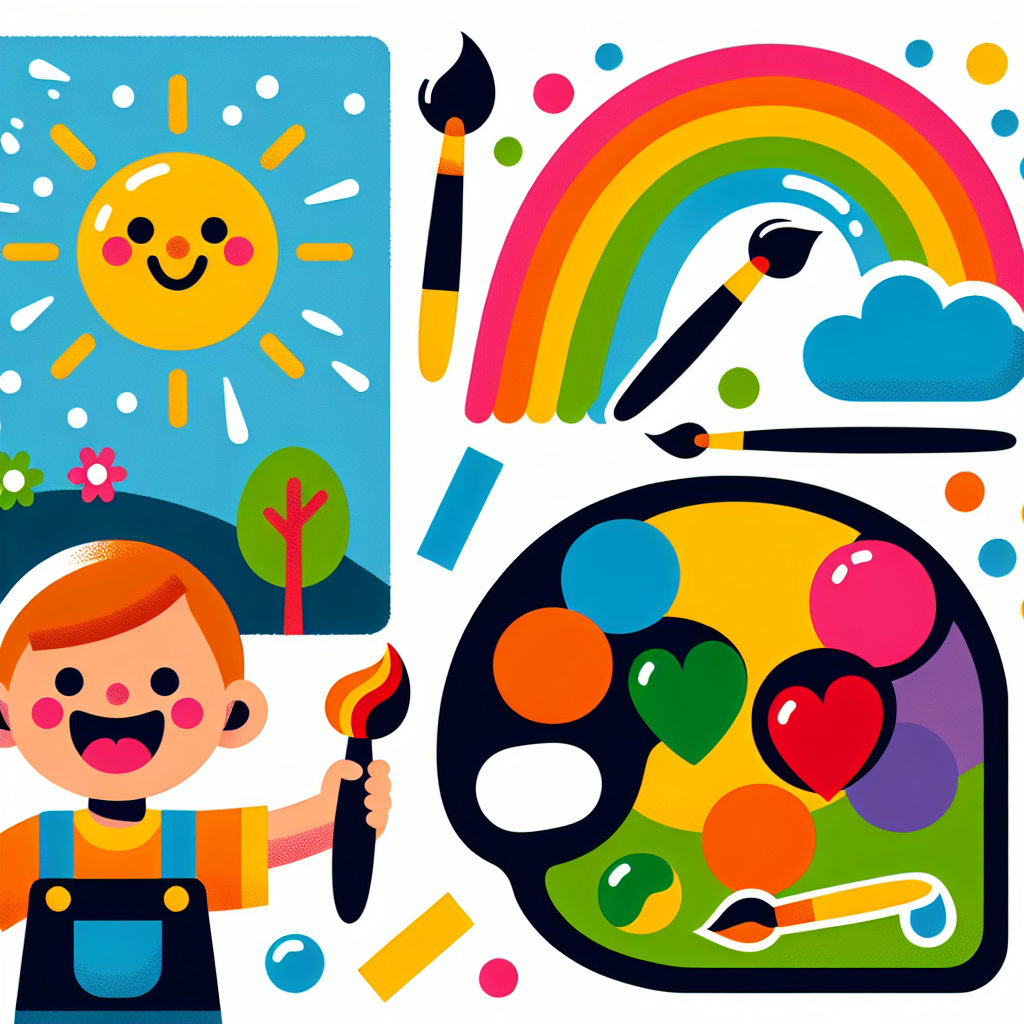Unleash Your Inner Artist: A Comprehensive Guide to Offline Painting and Drawing Tutorials
Art has been a form of human expression for thousands of years, allowing individuals to communicate their thoughts, emotions, and experiences through visual means. Whether you’re a beginner or an experienced artist looking to refine your skills, this comprehensive guide will provide you with offline tutorials and techniques to help you explore the world of painting and drawing.
Getting Started: Essential Supplies for Painting and Drawing
Before diving into the tutorials, it’s crucial to gather the necessary supplies. Here’s a list of essential items you’ll need to begin your artistic journey:
For Drawing:
• Sketch pads or drawing paper
• Pencils (varying hardness: 2H, HB, 2B, 4B, 6B)
• Erasers (kneaded and rubber)
• Sharpener
• Charcoal sticks
• Colored pencils
• Pastels
For Painting:
• Canvas or painting paper
• Acrylic, oil, or watercolor paints
• Paintbrushes (various sizes and shapes)
• Palette
• Water container
• Easel (optional)
Drawing Techniques for Beginners
1. Understanding Basic Shapes
One of the fundamental aspects of drawing is recognizing and recreating basic shapes. Start by practicing drawing simple geometric forms such as circles, squares, triangles, and rectangles. These shapes form the building blocks for more complex subjects.
Exercise: Draw a still life composition using only basic shapes. Arrange a few household items and try to break them down into their simplest forms.
2. Mastering Line Quality
Line quality refers to the characteristics of the lines you draw, including their thickness, pressure, and direction. Experimenting with different line qualities can add depth and interest to your drawings.
Exercise: Create a series of lines with varying pressure, thickness, and direction. Practice creating smooth, continuous lines as well as short, choppy strokes.
3. Shading Techniques
Shading is essential for creating the illusion of depth and form in your drawings. There are several shading techniques you can practice:
• Hatching: parallel lines drawn close together
• Cross-hatching: intersecting lines that create a grid-like pattern
• Stippling: using small dots to create shading
• Blending: smoothing out shaded areas with a blending tool or your finger
Exercise: Draw a sphere and practice different shading techniques to create the illusion of a three-dimensional object.
4. Perspective Drawing
Understanding perspective is crucial for creating realistic drawings. Start by learning one-point perspective, where all lines converge to a single vanishing point on the horizon line.
Exercise: Draw a simple room interior using one-point perspective. Include basic furniture like a table and chairs to practice applying perspective to objects.
Painting Techniques for Beginners
1. Color Theory Basics
Understanding color theory is essential for creating harmonious and visually appealing paintings.

